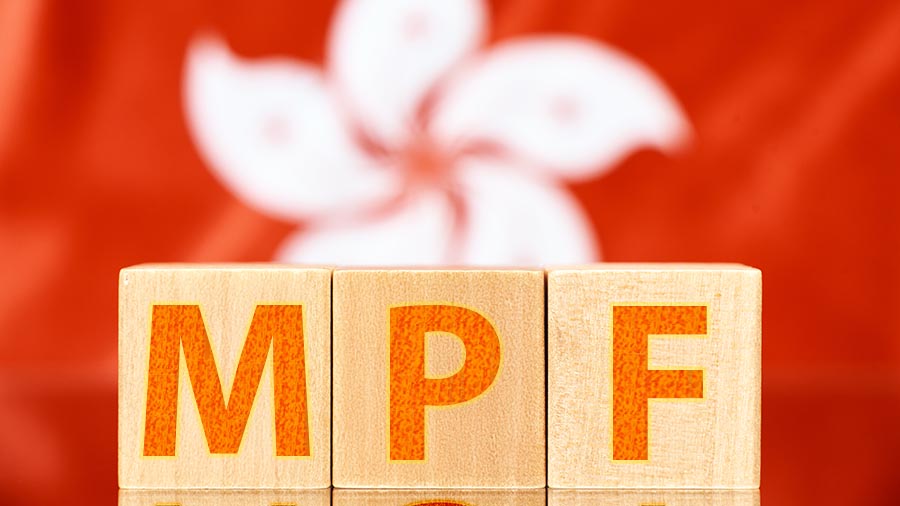China, developing nations turning to microloans as key to rural development
In a recent video shot by freelance journalist David Axe for C-SPAN, Afghani merchants of various stripes talk at length about the growth of their businesses under a microfinance system that has been put in place since the fall of the Taliban and introduction of numerous western aid agencies. Like counterpart programs in India, Bangladesh and now in China, these microloans give small amounts of money to mainly privately owned small businesses in an effort to spark grass-roots development. Loans, sometimes for as little as US$50, can go towards buying a new generator, investing in livestock, or renovating a building.
Microfinance took center stage after Muhammad Yunis of Bangladesh won the Nobel Prize in Economics in 2006 for his pioneering work in issuing microloans to entrepreneurs in developing nations. Since then, developing nations have been increasingly looking at microfinance as a development strategy. The World Bank approved a US$100 million loan to China to support the country’s efforts to promote credit flows to micro and small businesses in June. China is hoping to diversify the sources of economic growth, hoping that new sources can contribute to employment without exerting pressure on an already strained environment. One potential source for growth is small-medium enterprises (SMEs), which have already contributed to GDP growth, job creation and export earnings in the country.
According to a World Bank report, the project aims to expand credit flows to SMEs on a mass-market and commercially sustainable basis. It also aims to help the China Development Bank develop a new business line involving wholesaling of SME subsidiary loans and provide related technical support to participating financial institutions.
- Previous Article Moving to China? Here’s some advice…
- Next Article China eyes stable Afghanistan, Central Asia as key to regional development




























